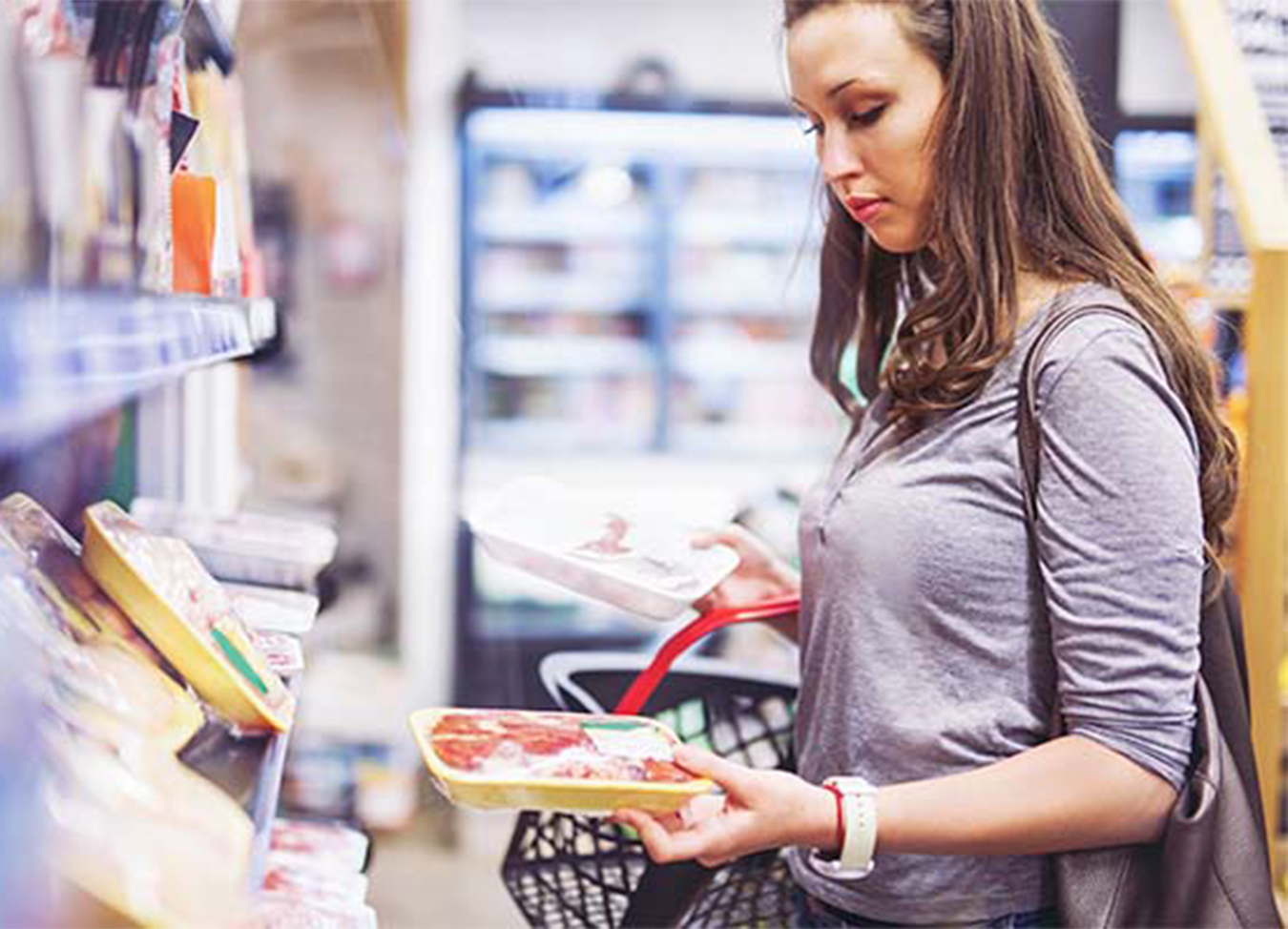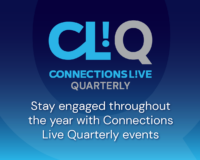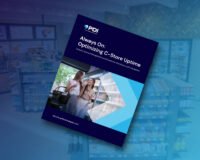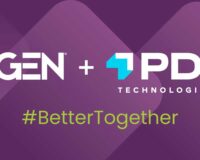
Historically, testing new product lines has been an expensive and cumbersome process. One of the biggest hurdles has been identifying outlets with the data capabilities to capture and analyze test results. This used to be limited to groceries or big-box retailers, which typically accompanied costly buying and slotting policies.
Now, convenience stores have emerged as a unique and cost-efficient channel for new product testing with strong insight capabilities, similar to what is available for brands in grocery and drug channels. This can be a more productive testing ground for some categories of merchandise due to their impulse nature and consumer preference over other channels for beverage, coffee, snack, and beer trips. Advanced and real-time basket, daypart, and store-level data helps brands optimize these rollouts with their retail and supply chain partners.
In the last year large suppliers like Anheuser-Busch (Bud Light Seltzer), PepsiCo (Mountain Dew Zero Sugar, Flamin’ Hot extensions), Monster (Reign), Hershey (line extension with Peanut Butter Cups with Pretzels), and others have launched new brands or concepts with a keen focus on performance in convenience outlets.
Better Focus, Lower Cost
C-store-specific packaging and promotions can now be tested with lower investments and more projectible results. The new c-store data capabilities provide POS insights for basket and loyalty analytics that put convenience retailers on par with the most sophisticated data systems of big-box retailers.
Because there are four times as many c-stores as groceries, there are much more locally relevant data sets that can be leveraged for CPG brands that sell through that channel. This also creates unique location-specific optimizations as stores have less excess capacity for inventory. This larger geographic footprint also means tests can better overlay regional demographics, or be segmented by such demographics during performance analysis.
C-stores’ smaller basket sizes help isolate purchase behavior for clearer views of offer performance. These smaller basket sizes also make it easier to identify and analyze itemset correlations for results on cross-selling or bundling.
Revving Up Revenue Growth Management
As the ultimate impulse purchase environment, c-stores simplify behavioral factors in studies. This can refine the data fuel for brands practicing Revenue Growth Management (RGM)—the discipline of achieving sustainable, profitable growth through a wide range of strategies focused on assortment, promotions, trade management, and pricing.
RGM depends on inputs that are the primary drivers of purchase in a c-store environment. Elements of RGM can be tested through c-stores with controls for price, offer type (“buy one, get one free” or “two for the price of one”), geography, time of day, and other factors. Advanced RGM strategies can enable outsized increases of sell-through for this channel, which has previously gone under-exploited.
Invest Small, Win Big
Findings from c-store tests can enhance or even replace more expensive regional test market studies. For the right products, the same RGM variables can be applied across all of a manufacturer’s channels, as can the learnings. While forecasts may not be a straight-line extrapolation, they can be quite accurate in terms of direction and orders of magnitude.
Testing in c-stores also conserves your most irreplaceable asset: time. Because c-stores do not deal with the same scale of inventory, manufacturers can stand up test programs and collect results more quickly. This can shorten time to a go/no-go decision on strategic shifts across the brand’s portfolio. It can also keep joint promotions and partnerships moving ahead.
When leveraged by knowledgeable market researchers, the c-store environment can produce projectible and actionable findings at a pace rarely found in larger outlets. This speed matches the speed of change in the CPG marketplace.
In fact, with all the changes taking place so quickly in the CPG space, manufacturers need new, more responsive data sources to inform their strategic decisions. The new c-store POS data capture and analysis capabilities can help grow that channel for near-term, data-driven wins. And the ubiquity of c-stores relative to other retail channels can supply real-world purchase data—shaped by traditional test-marketing techniques—to inform broader CPG strategies.
And to think: You may have driven right by one of these test markets without even noticing. Discover how you can leverage this strategic channel on our Insights and Analytics page.







